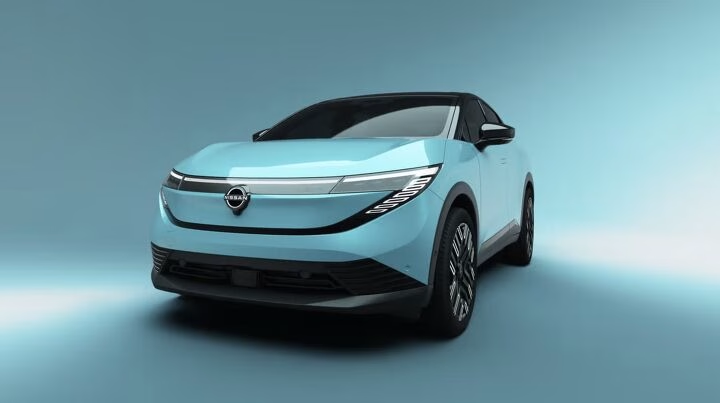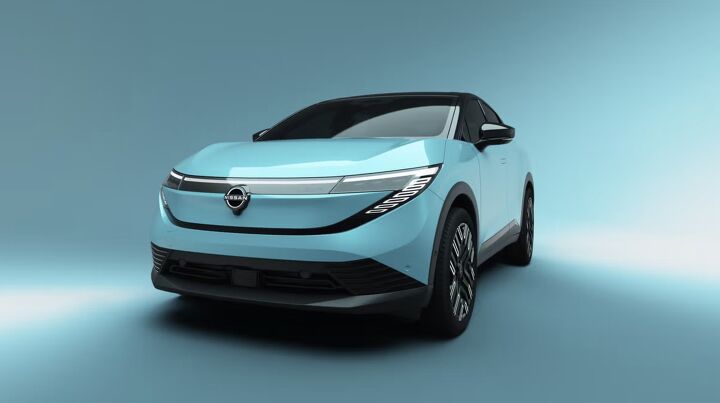The Evolution of the Nissan Leaf: What to Expect from the 2026 Model
The Nissan Leaf has long been a staple in the electric vehicle (EV) market, known for its affordability and practicality. As we look ahead to the 2026 model, significant changes are on the horizon that could reshape the Leaf’s position in a rapidly evolving automotive landscape.
How Has the Nissan Leaf Changed Over the Years?
When the Nissan Leaf first hit the North American market in 2011, it was a game-changer. With its original 24-kWh lithium-ion battery, the Leaf offered around 90 miles of range, making it one of the most accessible EV options available. At a price point between $30,000 and $35,000, it was a compelling alternative to more expensive models like the Tesla Model S, which started at over $71,000.
However, as the EV market matured, competition intensified. New entrants like the Tesla Model 3 and Hyundai Ioniq 6 began to dominate, offering longer ranges and more advanced features. Despite Nissan’s efforts to enhance the Leaf’s capabilities—such as increasing battery sizes to achieve an EPA estimated range of 149 to 212 miles—the Leaf struggled to maintain its competitive edge.
What Improvements Can We Expect in the 2026 Nissan Leaf?
The most exciting news for prospective buyers is the anticipated improvement in range for the 2026 Nissan Leaf. According to recent insights from Nissan senior vice president Ponz Pandikuthira, the new model is expected to exceed 300 miles of range, a significant leap that could reinvigorate interest in the Leaf. This enhancement is likely to come from larger battery packs, although it may also mean a higher price tag for certain trims.
Furthermore, Nissan plans to improve charging times and transition to the North American Charging Standard (NACS) ports, allowing Leaf owners to access the extensive Tesla Supercharger network. This strategic move could alleviate one of the major concerns for EV owners: charging infrastructure.
What Will the New Design Look Like?
Nissan is reportedly shifting the Leaf’s design from a traditional hatchback to a more crossover-like appearance. This change could attract a broader audience, particularly those who prefer the aesthetics and practicality of crossovers. While all-wheel drive is expected to be removed to enhance range, it may return as an option in future iterations, catering to diverse consumer needs.
How Will Pricing Change?
Currently, the Nissan Leaf starts at around $29,000, making it one of the most affordable EVs on the market. However, with the anticipated upgrades, it is reasonable to expect a price increase. The top-tier SV Plus trim, currently priced at approximately $37,000, may see a bump as well. While this could deter some budget-conscious buyers, the enhanced features and range may justify the additional cost for many.
What Does This Mean for the Future of Electric Vehicles?
The upcoming 2026 Nissan Leaf represents a significant step forward not just for Nissan but for the EV market as a whole. As manufacturers continue to innovate and improve battery technology, the competition will likely drive prices down and enhance the overall consumer experience.
In a landscape where range anxiety has been a significant barrier to EV adoption, the Leaf’s potential 300-mile range could make it a more appealing option for a wider audience. Moreover, as Nissan embraces the NACS charging standard, it positions itself to better serve its customers in an increasingly interconnected EV ecosystem.
In conclusion, the 2026 Nissan Leaf is poised to make a substantial impact on the electric vehicle market. With improvements in range, charging capabilities, and design, it may reclaim its status as a leading choice for those looking to transition to electric driving. As consumers become more discerning about their vehicle choices, the Leaf’s evolution will be closely watched by industry experts and buyers alike.


